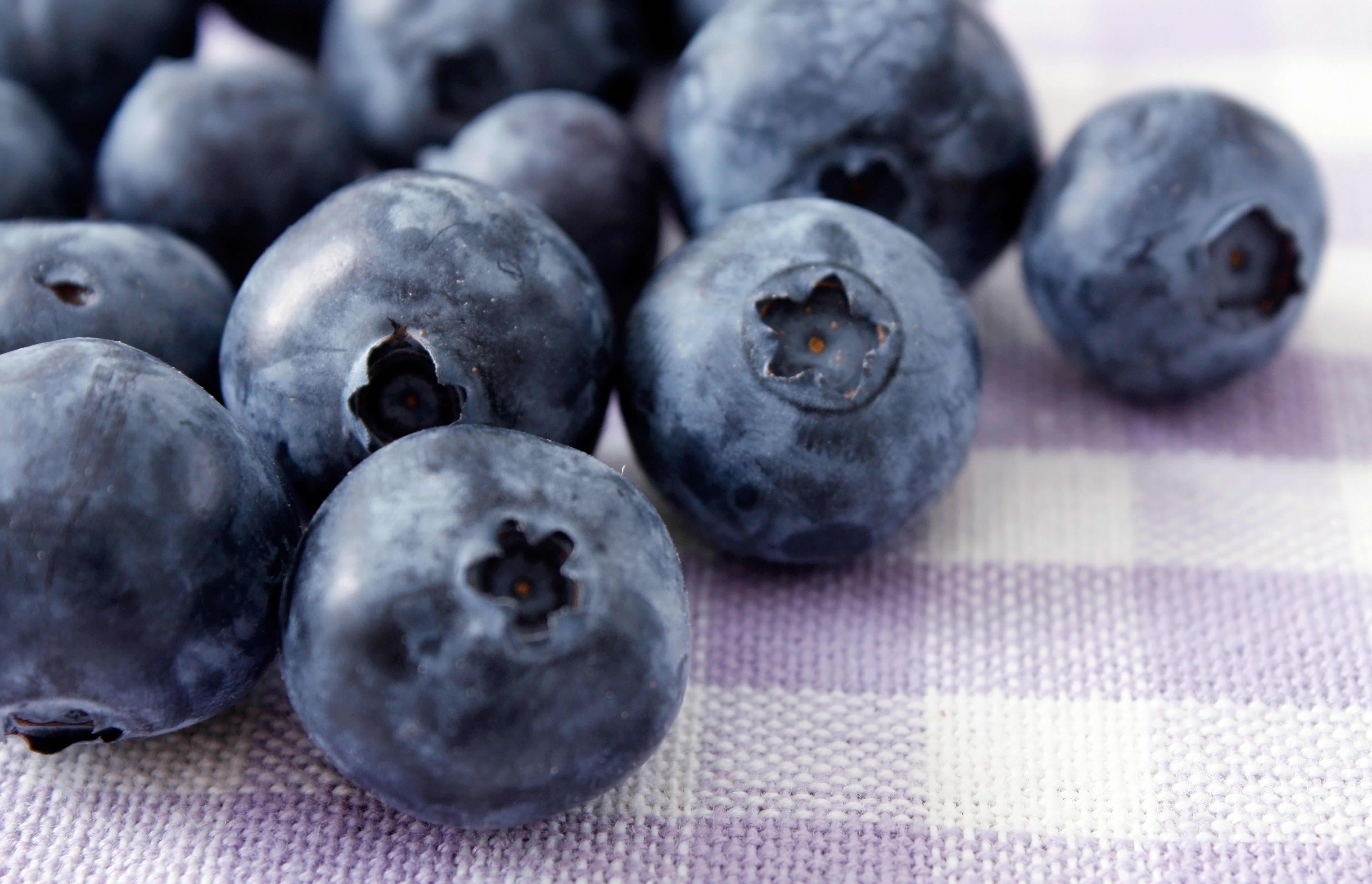U.S. Blueberry sales benefit from stockpiling hysteria, but what comes next?
U.S. blueberry sales surged in the first three weeks of March with frozen berries in particular flying off the shelves, but how consumer behavior evolves from here is anyone’s guess as the sector adapts to a hastened delivery economy.

North American Blueberry Council (NABC) and U.S. Highbush Blueberry Council (USHBC) president Kasey Cronquist says Nielsen data shows the superfruit played its part in the shopping trolleys of hoarding consumers in response to COVID-19.
“Frozen was already doing 22% better, then it was 80% better, now it’s doing 117% better,” says Cronquist, citing year-over-year weekly retail sales data through to the week of March 21.
“Consumers are looking at those shelf-stable options, meaning that they’ll last.”
These rates exceeded the growth for frozen fruit overall but it was not the same story for fresh blueberries, although they were still up 24.7 per cent in that last week.
“What was going to be consumed by foodservice has moved into those numbers you saw at retail,” he says.
“The volume, the velocity of the product moving through the supply to consumers, is happening just through one channel, and unfortunately the foodservice channel has been largely shut off.”
He adds other formats for blueberries, such as dried, freeze dried and canned, have also seen a rise in popularity for the same reasons.
“I think all forms, especially in light of the health benefits that blueberries represent, are being looked at as ways to consume blueberries right now.”
Cronquist, like so many in the industry, is awaiting the data for this past week to see how reduced retail traffic will affect blueberry sales.
“Now you’re starting to see what happens at other times in history, whether it’s natural disasters or the Thanksgiving holiday – just the sheer drop-off of that return customer with incremental buys,” he says.
“What we understand is happening is there was this run-up, this drive of consumption when the hoarding went on, and now we’re starting to see the non-return to the store.
“It’s just been a remarkable pace of consumption, and now the consumer behavior that follows is what we’ve been really trying to focus on understanding.”
He says the USHBC is helping the industry unpack what that new future is going to look like, especially as more consumers are using delivery apps and turning to services like Amazon Fresh due to home lockdowns.
“If you look at the sharp increase in app downloads, and consumers who can use those tools now who weren’t using them before this, I think that’s going to be revolutionary,” says Cronquist.
“And it’s not just about how to handle it in the moment, but people who are typically going to the grocery store and looking at the clamshell and picking out their blueberries, they’re picking out their blueberries online.
“The new world that we’re all facing in light of consumption going forward from here, there’s a lot of what they call low-touch delivery.
“So what does that look like going forward? Not just in the short-term but also in the long-term.”
He says the USHBC is also making the most of the lull in foodservice activity to collaborate on new menu items incorporating blueberries for when the sector gets back on its feet.
“There are some interesting things we’re working on inside of foodservice right now that I think are beneficial to what happens next – the operations have closed but the creative continues.
“Those chefs and those operators have time to talk to us because they’ve shut down.
“Foodservice is not nearly the channel it was, but where foodservice can continue, blueberries continue to move into those areas.”
Cronquist explains the domestic season is now underway with seasons in their early stages in states like Florida, California and Georgia. Growers in general are adapting to a fast-changing situation.
“Everybody is having to deal with it day-to-day. There is nothing normal about these circumstances,” he says.
“Planting and planning are being totally affected by how each day and every new situation unfolds in every state, whether the shelter at home order changes the dynamic on a given week.”
One key issue is ensuring there is enough labor to pick the fruit and that operations comply with regulations, social distancing rules and good hygiene relating to workers to prevent the virus’ spread.
“I think one of the very first things that people in agriculture understood we needed to work together on was stability of the labor force,” says Cronquist.
“Because we are essential because it’s food, and the importance of being able to continue to provide that supply to the public, we worked for I’d say the first week and a half strictly on ensuring there was going to be a good labor force, and that all of our producers, marketers and handlers had the resources that were going to help them prepare for managing their workforce.”
IBO NEWS







